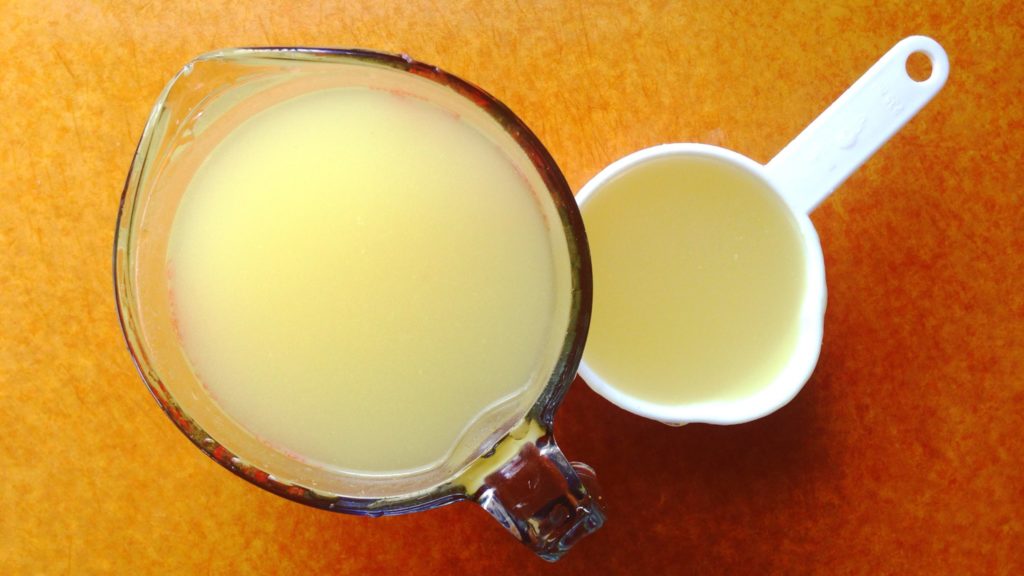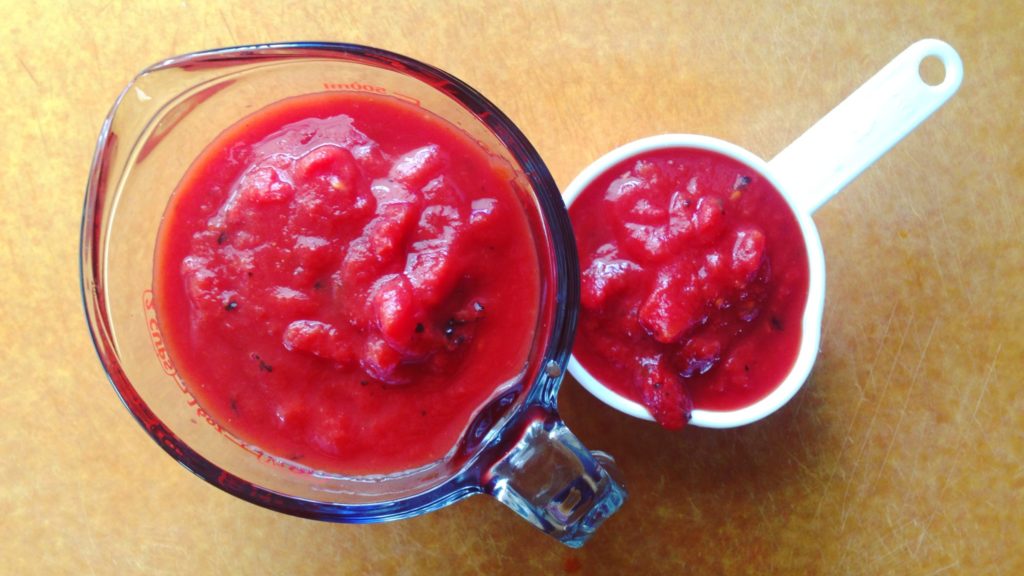The definition is easy enough:
Minestrone (n.) a hearty Italian vegetable soup, typically1 with beans and pasta.
Pronunciation is a bit trickier: what, if anything, do we do with the trailing “E”? The safe bet, for English speakers in either country, is to leave it off entirely, rhyming the word with “own” and “stone”: min-eh-STROHN. True, Italians vocalize just about every vowel, and this one is no exception—but it’s a subtle one. Do not attempt enunciation until you’ve elongated the initial “I” and you’re rolling the “R” convincingly.2
Whatever you do, don’t rhyme it with “macaroni”: min-eh-STROH-nee. What, did you study Italian under Chef Boyardee at the Olive Garden? Unless by this utterance you intend an adjective, in which case let’s append a “Y” for clarity:
Minestroney (adj.) having the qualities of a hearty Italian vegetable soup.
But you didn’t come here to tune up the “minestrone” that comes out of your mouth; let’s address the one that goes into it. And that’s the easiest part of all.

Minestrone Ratios
While etymologically inaccurate, it’s expedient to pretend that “minestrone” originates in Latin, meaning “four sets of three”.
3 parts tomato
1 part beans
1 part pasta
3 parts mirepoix

Mirepoix3 is the common combination of onion, carrot, and celery.
The usual guideline is 50% onion and 25% each of the others. But we need three parts in total, and we have here three ingredients: make it easy and use one part of each. Or don’t. It really doesn’t matter, as long as they add up to three of whatever volume you’re using as a “part”.
As always, think before you dice. How large are your pasta shapes, beans, and (perhaps) diced tomatoes? Cut the vegetables to a similar scale.
3 parts stock

Vegetable soup calls for vegetable stock, though it’s hard to argue with chicken, if its inclusion won’t disappoint any vegetarians. Beef or fish stock are likely to overwhelm, but you do you.
3 parts Tomato

Fresh diced, canned diced, canned crushed, or canned stewed, processed however you please. Perhaps even tomato juice (watch the salt levels). Supplemented, or not, with tomato paste. Or any of the above, in any combination.
3 parts beans + greens + pasta

1 part beans
An Italian soup deserves Italian (sounding) beans. Purists might seek out borlotti (cranberry). Cannellini (white kidney) sound plenty authentic to me. Red kidneys are permissible.
Others, such as black, pinto, and Central American Red would surely taste just fine, but might prompt cultural confusion.
Add your ready-to-eat beans (canned or pre-cooked dry) early to soften, later to stay firm.
1 part greens
Here we mean “greens” in the sense of “vegetables thus colored”, for without them, our soup is perilously monochromatic. Of course, “greens” in the sense of “leafy vegetables” provide one set of obvious options, spinach and kale chief among them. Green beans and diced zucchini are common alternatives.
Different greens require different cooking durations: gauge when your other ingredients will reach perfect doneness, and time the addition your chosen greens accordingly.
1 part pasta
Any short shape will work, but only in italiano. “Conchigliette?” Perfetto! “Little shells?” Fuhgeddaboudit.
Tedious though it may seem, it’s worthwhile to boil the pasta separately. With the ability to control time and temp on each pot independently, you’ll more easily achieve perfect doneness in both. Add cooked pasta to each bowl rather than the soup pot. Stored separately, your leftovers won’t suffer from bloated, flacid pasta and a deficit of soup fluid.
If you choose to add the pasta directly to the soup pot, consider that it will absorb a considerable amount of liquid. This could be useful if the soup is shaping up to be thinner than you’d like; otherwise, stand by with extra water. And withhold tiramisu from your guests until it’s all eaten: leftovers will be significantly less palatable.
Join the Virtual Potluck
They say you taste first with the eyes, and if you've given this recipe a go, we'd all love a visual nibble. What aggressive improvisation did you apply? Did it succeed brilliantly or fail spectacularly? To show off your marvel (or mess), dust off your smartphone:


